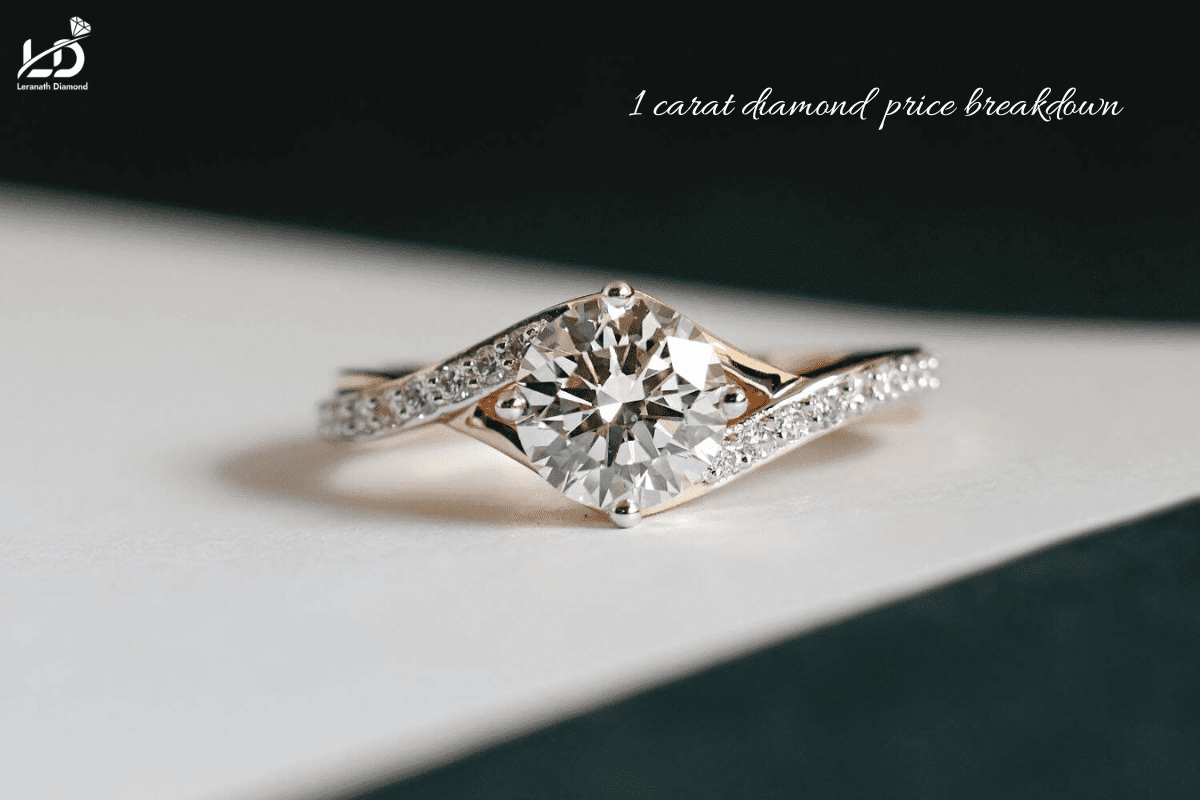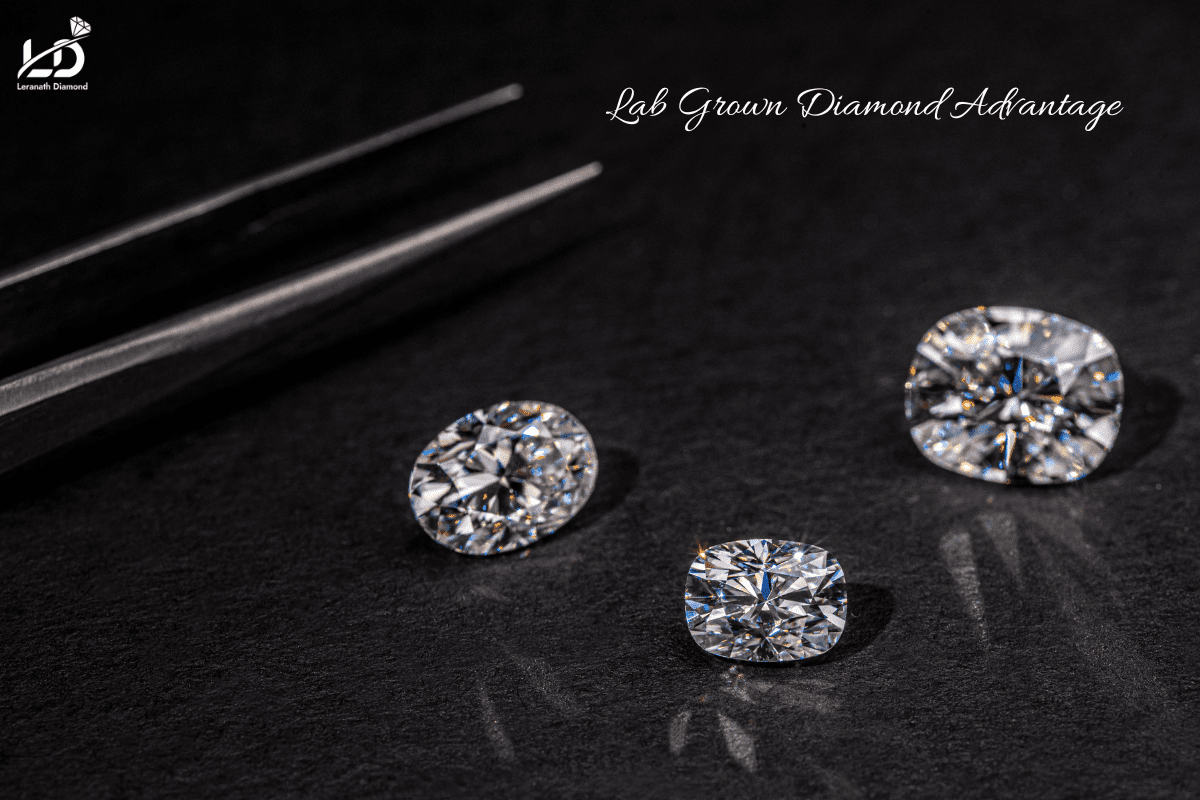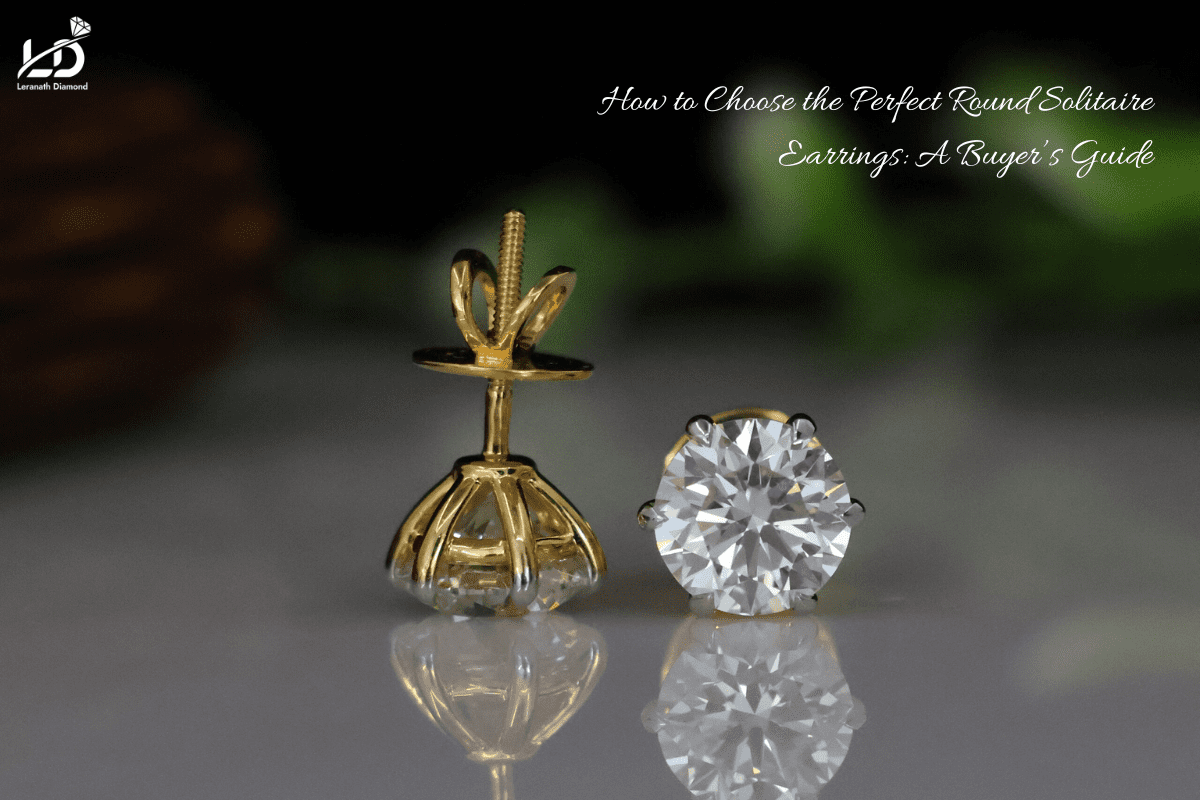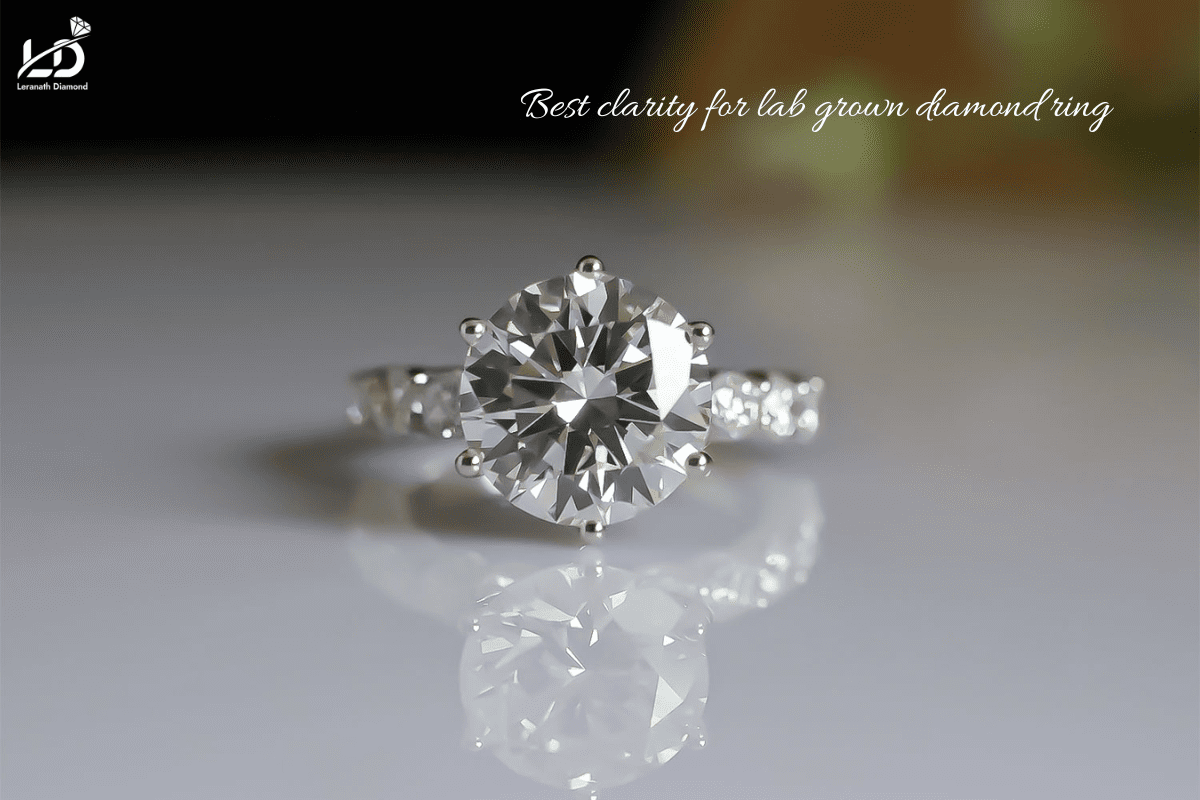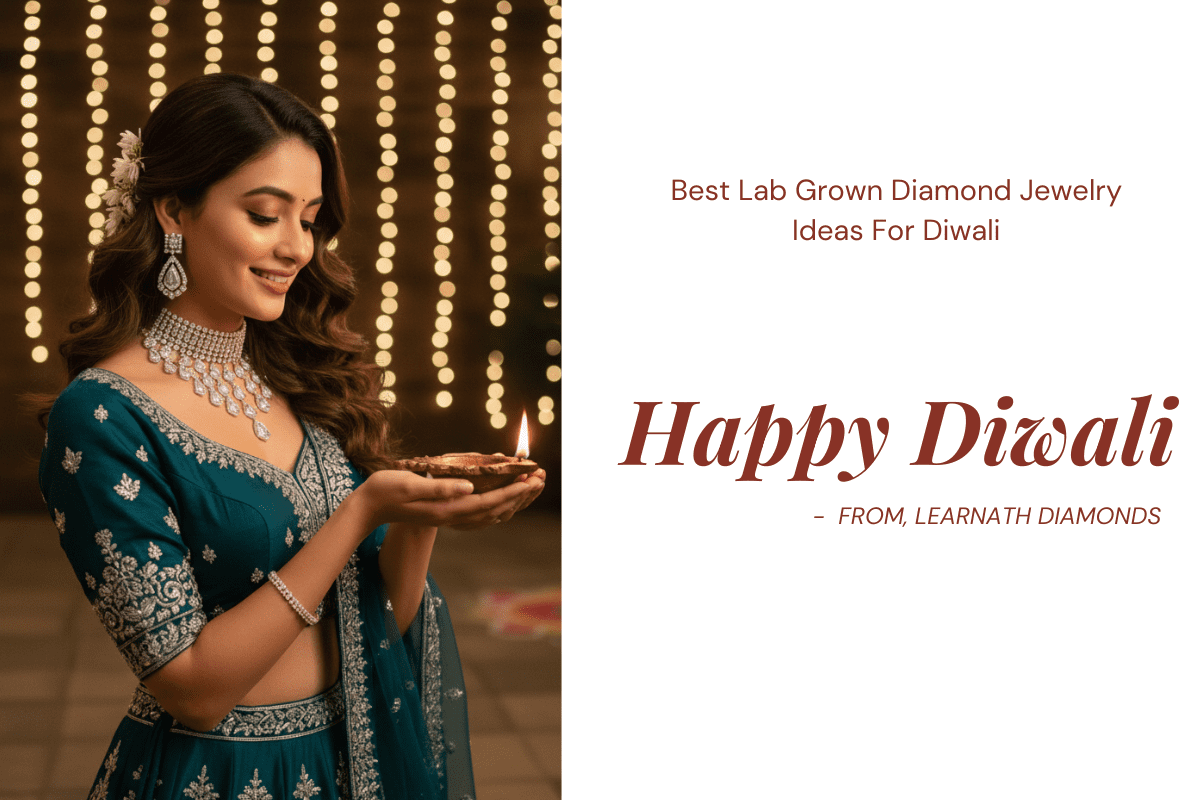For centuries, diamonds symbolize luxury, romance, and eternal strength. Being mined deep in the earth over billions of years of existence, they stood as rare beauties commanding enormous prices. But what could be more fascinating than making these beauties sparkle and glisten with physical perfection within weeks? Welcome to the spellbinding world of lab-grown diamonds.
Probably if you are interested in buying a diamond, you might have already heard the topics “lab-grown,” “synthetic,” and “cultured” diamonds. Sounds like a plot from a sci-fi series, doesn’t it? Well, the process is real, and so very elegant at that. Let’s go ahead and uncover how scientists are able to glaze these beautiful gems over in a laboratory.
First, What Exactly is a Lab-Grown Diamond?
Easy: lab-grown diamonds are genuine gemstones. So, there exists no simulant like cubic zirconia or moissanite. They all possess the chemical composition of pure carbon; their crystal structure; physical properties; and optical properties of a diamond that comes from the Earth.
There lies a difference in origin. One is the product of volcanism occurring deep within the Earth’s mantle, while in the lab, scientists simulate the very conditions the Earth maintains to create natural diamonds. Even a gemologist would require a few special instruments to ascertain which is which.
Two Main Methods: HPHT and CVD
The current major methods for producing diamonds in a lab are just spectacular engineering applications, running along nature’s recipe.
High Pressure High Temperature (HPHT)
Being the very first method for making laboratory-grown diamonds, it most closely mimics the natural process taking place far underground.
The Process: The procedure involves placing a tiny diamond “seed”—a tiny slice of diamond—into a container containing graphite or another pure carbon source material. This chamber is then subjected to extreme pressures of about 1,500,000 pounds per square inch (psi) and scorching temperatures of over 2,700 °F (about 1,500 °C).
The Result: The heat and pressure melt the carbon source, with carbon atoms beginning to form around the seed, layer by layer, until a fine crystalline carbon structure – diamond has been formed. Once cooled, the rough diamond is taken out to be cut and polished in the exact way as a natural diamond.
It is just like freezing water. When water is put in a freezer (a high-pressure, low-temperature environment for water), it turns to ice. HPHT forms the right “freezer” conditions for carbon to “freeze” into a diamond.
Chemical Vapor Deposition (CVD)
The technique is younger and recently commercialized and offers a completely new approach to growing diamonds.
The Process: A sealed chamber is filled with a diamond seed plate. The chamber gets filled with a carbon-bearing gas, mostly methane. The chamber then gets heated to high temperature– somewhere between 1,400 and 2,200°F. Energy, usually microwave energy, is introduced as the gas starts to disintegrate, releasing carbon atoms into the gas.
The Result: These free carbon atoms settle on the diamond seed and start to crystallize and build upward layer upon layer. It’s a slow, slow process of crystallization that takes some weeks working to grow a diamond crystal. The rough diamond is then cut and polished by an expert craftsman, just like an HPHT diamond.
A very simple analogy could be how CVD is similar to icicles: water vapor in the air gets deposited on a surface layer by layer, slowly building solid ice structures.
From Rough to Radiant: The Final Steps
The rough, uncut diamond crystal comes by whatever means it does. From this point onward, everything is the same as for the mined one. Master cutters determine how to best cut a diamond crystal in order to enhance its beauty, yield, and sparkle. They then proceed to cut, shape, polish, and finish it into the brilliant stones we see depicted in jewelry.
Why opt for a lab-grown diamond?
Lab-created diamonds really are a phenomenon not entirely attributable to technology; they are largely about values.
Ethics and sustainability-wise: The conflict-free guarantee they give, on the other hand, suggests a much lower environmental cost than those imposed by large-scale mining activities.
Affordability: Lab-grown diamonds sell at 30-50% less price compared to mined ones of identical size and quality, since the manufacturing process is more efficient and requires fewer resources.
Quality and beauty: You are indeed getting a real high-quality diamond with all the fire, brilliance, and scintillation.
Lab-grown diamonds are a testament to human ingenuity, offering a beautiful, sustainable, and accessible option for the modern consumer. They are real diamonds with a remarkable, innovative beginning.


